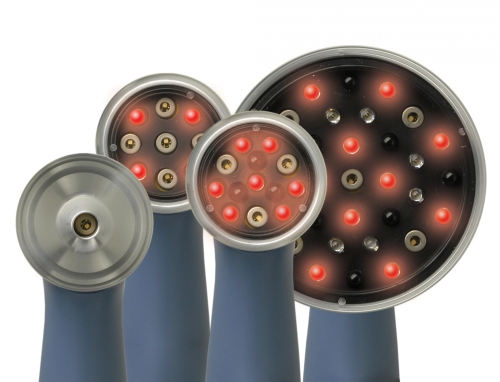 Are we in the midst of a painkiller epidemic? According to a report issued by Express Scripts titled A Nation in Pain: Focusing on U.S. Opioid Trends for Treatment of Short-Term and Longer-Term Pain, the answer is yes—especially in regard to long-term opioid users.
Are we in the midst of a painkiller epidemic? According to a report issued by Express Scripts titled A Nation in Pain: Focusing on U.S. Opioid Trends for Treatment of Short-Term and Longer-Term Pain, the answer is yes—especially in regard to long-term opioid users.
From 2009 to 2013, researchers with Express Scripts thoroughly reviewed over 36 million claims filed with various pharmacies that involved a person receiving at least one opioid prescription. The test subjects were then divided into two distinct categories: short-term users (which was defined as individuals who had a prescription lasting 30 days or less during a one-year time period) and long-term users (persons receiving more than 30 days’ worth of opioids during the same timeframe). Each person was assessed based on how many prescriptions they received from the pharmacy, the number of days prescribed, and dosage.
Here are just a few of their findings:
- Even though there are fewer people filling opioid prescriptions overall, those that are filling them are filling more of them for longer periods, citing an 8.4 percent increase.
- Of the subjects that filled more than a 30-day supply of opioids within a one-year timeframe, almost 50 percent were still taking them three years later.
- Opioid use is highest among our nation’s seniors; however, adults between 20 and 44 years of age filled a larger number of prescriptions for longer periods of time.
- More women take opioid prescriptions (30 percent) than men, but men tend to take higher doses for longer amounts of time.
- Roughly 60 percent of opioid users were taking them with other medications (such as anti-anxiety prescriptions) that, when mixed, can cause a fatal overdose.
These statistics cause concern over how Americans are choosing to treat their pain. Additionally, there is the added fact that opioids are often addictive, compounding the problem even more. One way to start to reverse these trends is engaging in pain treatment via chiropractic care.
For instance, one study conducted by Palmer Center for Chiropractic Care found that almost three-quarters of their test subjects reported lower levels of low back pain when they engaged in treatment via medical care and chiropractic. Another piece of research that reviewed 21 different controlled clinical trials found that chiropractic care improved migraine headaches, showing that this particular treatment method is effective for many different types of body-related pain.
Essentially, chiropractic care can offer short and long-term pain reduction without the risk of addiction and negative side-effects often associated with pain killers. It’s time to start reversing the trend.
A nation in pain: focusing on U.S. opioid trends for treatment of short-term and longer-term pain. (2014, December). Express Scripts.
Bryans, R, DC et al. (2011, June). Evidence-based guidelines for the chiropractic treatment of adults with headache [Abstract]. Journal of Manipulative and Physiological Therapeutics, 34(5), 274-289.
Positive findings in military low-back pain study. Palmer College of Chiropractic. Retrieved from http://www.palmer.edu/research/studies/military-study-low-back-pain-relief-with-chiropractic-care/

